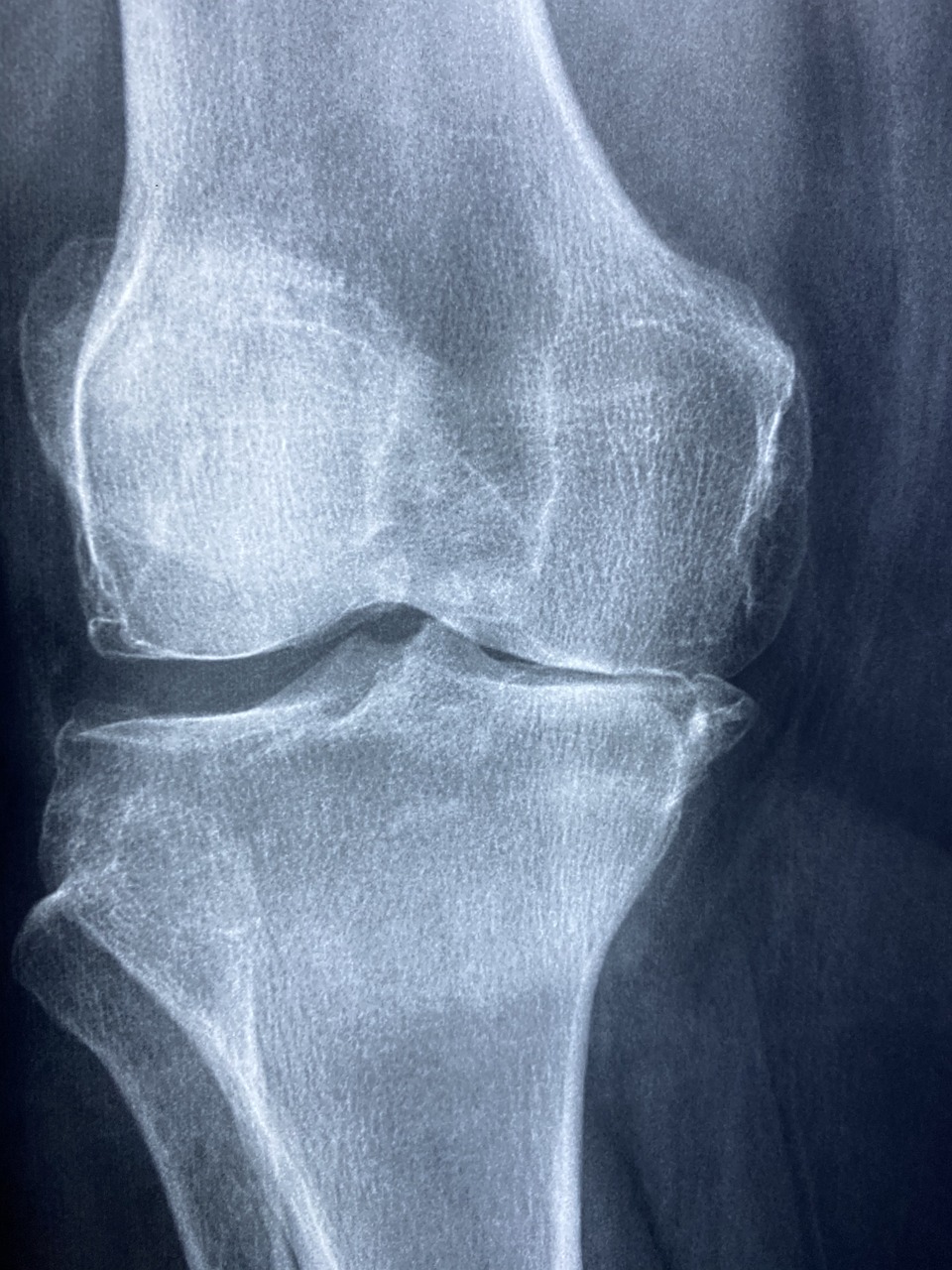Mouse Shoulder, Shoulder Pain and how to Correct it.
This blog looks at how a mouse can give you shoulder pain (mouse shoulder) and how to correct it.
The effects of working at a desk and using a mouse can have a huge impact on the shoulder. It can cause pain and discomfort and we look at how to correct this and prevent further issues.
Causes of Shoulder Pain.
Work-related shoulder pain is becoming more and more common. Especially with many of us now working from home.
This is due to the increasing number of professionals based at desks and using computers repeatedly throughout their working day.

A common repetitive strain injury (RSI) associated with occupations involving computer use is mouse shoulder. This condition refers to the pain felt after long periods of sitting at a desk with your arm in an outreached position in order to use your mouse. In order to move a mouse your wrist, hand and fingers have to perform small focused movements, which may lead to fatigue, therefore, causing bigger muscles up in the shoulder region to compensate, in turn creating tension. This leads to the altered posture of the shoulder girdle ultimately causing pain that can be felt in the shoulder region, neck and upper back.
Symptoms of this condition include:
• Pain in one shoulder (the shoulder that uses the mouse)
• Tightness and pain in the neck, upper back and around the shoulder blades
• Reduced movement in the neck and shoulder
• Headaches
• Dull ache or burning sensation in the shoulder
• Numbness or tingling down the arm into the fingers
Tips for Improvement.
There are a few simple exercises that can be done to help improve the symptoms of this condition. These can be performed whilst sitting at a desk so are simple, effective and time effective.
1. Posture setting
Improving posture can help improve the symptoms of mouse shoulder as your muscles will be sat in a more comfortable and less stretched position.
Exercise 1- Chin Nods
- Sit in a neutral and comfortable position
Pull your chin as if you are nodding at someone but only with a small degree of movement (you should feel the muscles deep in your neck working) - Hold for 20 seconds relax and repeat 3 times

EXERCISE 2- SHOULDER SETTING.
- Sit in a neutral and comfortable position
Check you cannot lower your shoulders any further than when you are sat in your ‘neutral’ position
Lift your shoulders up as far as they can go in order to check your end range of motion
Then lower into a comfortable and a mid-range position
Hold this position for as long as possible
Every 10-15 minutes check you can lower your shoulders to make sure they are sat in a mid-range position (if not reset yourself and hold again)
2. Soft tissue release
Soft tissue release otherwise known, as massage can be a useful treatment to release the tension created from long periods of working at a desk. A therapist will work into the upper back, shoulders and neck to release areas of tension that could be causing pain. Once this tension has been realised your symptoms may feel reduced and the pain eased around the shoulder and neck.
If you are experiencing these symptoms then BOOK IN online or call 0800 731 2738 to see a Summit Clinician.
Alternatively, give the exercises a go at your desk – try making small changes for long-term results.
You can also find lots more tips on everything from strength training to help with lower back pain in our Blog.
Keep up to date with all of our latest news and advice by following us on Facebook, Instagram & LinkedIn.






